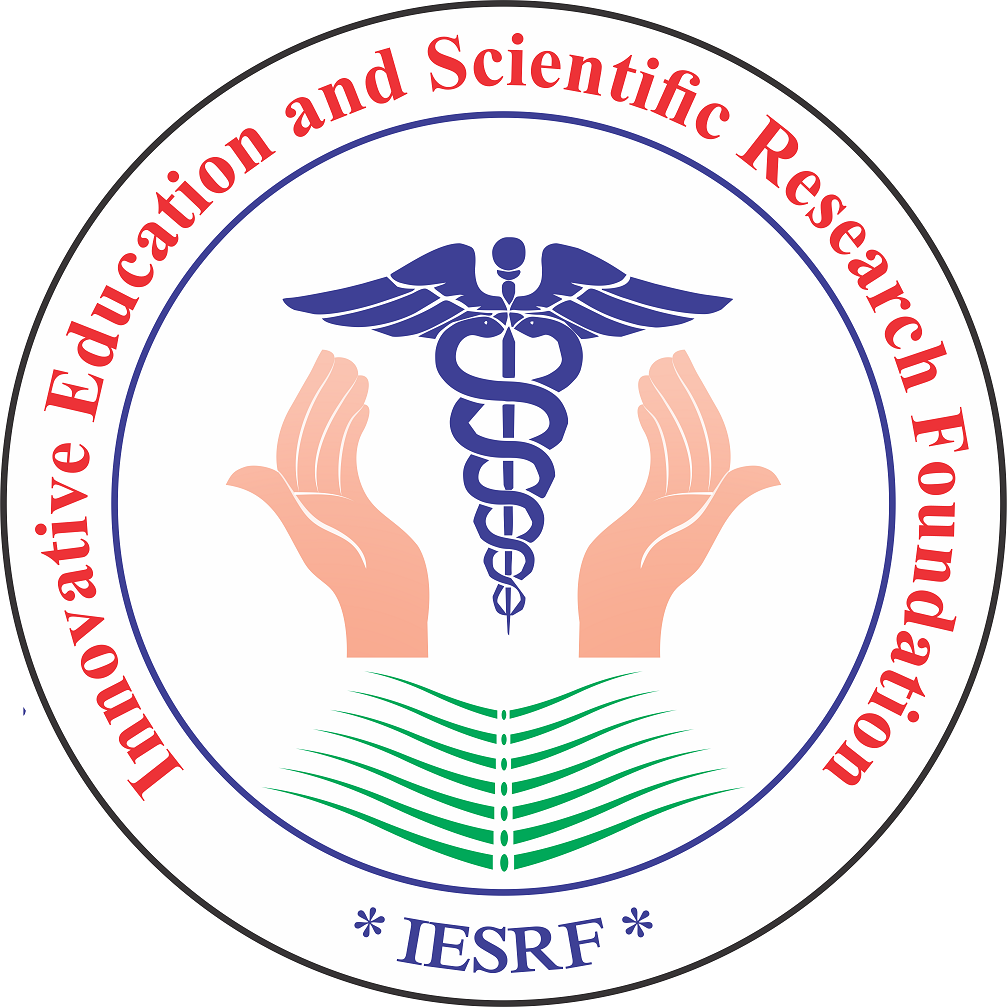Pain and anxiety management are critical components of paediatric dentistry to ensure effective treatment and a positive patient experience. Sedation and general anaesthesia (GA) are commonly used techniques to facilitate dental procedures in children who are unable to tolerate conventional treatment due to fear, anxiety, or special healthcare needs. Various anaesthetic modalities, including minimal, moderate, and deep sedation, as well as general anaesthesia, provide different levels of consciousness and pain control. Day-care anaesthesia has emerged as a safe and effective approach, reducing hospital stay and associated costs. However, the administration of anaesthesia in paediatric patients poses unique challenges such as airway management, dosing considerations, and safety concerns. Recent advances in pharmacology, monitoring technologies, and anaesthetic techniques have improved patient outcomes. The training and competency of paediatric dentists in administering sedation safely are essential for optimal patient care. Preoperative evaluation plays a crucial role in identifying indications and contraindications for sedation and GA. This review discusses the different types of anaesthesia, the concept of day-care anaesthesia, challenges in paediatric anaesthetic management, recent advancements, training requirements for dentists, and the importance of preoperative assessment in ensuring safe and effective treatment.
Keywords: Anaesthesia, Day-care, Paediatric dentistry, Sedation, Training, Dexmedetomedine.
